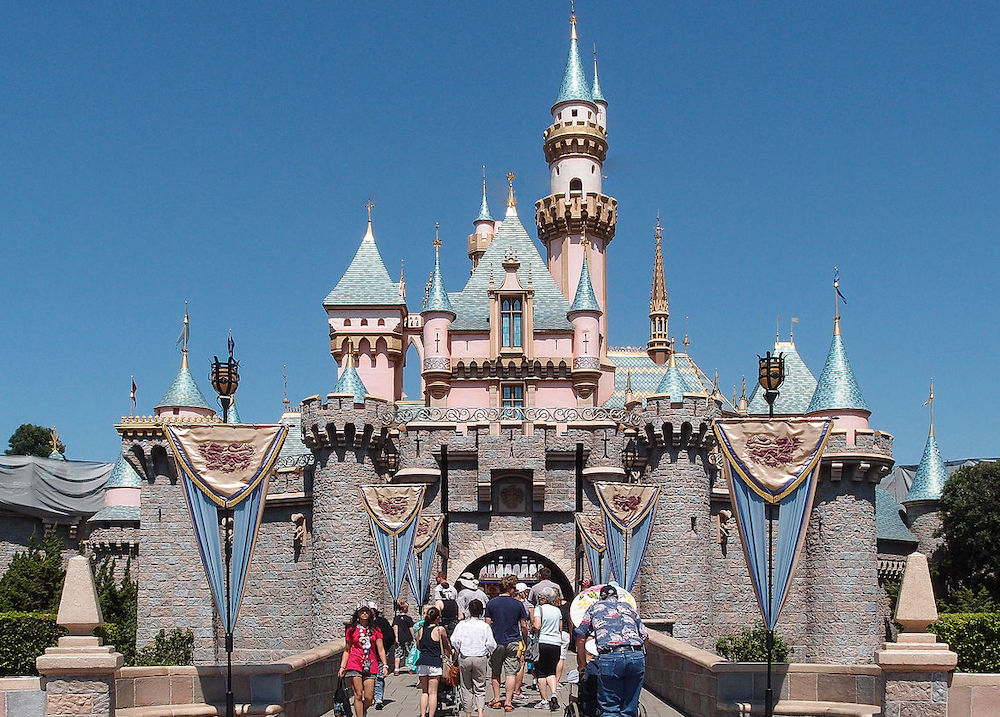There is headmaster: consensual eroticism for lovers of literaturepoetry in the fact that when the Cassini spacecraft burns up in Saturn's atmosphere on Friday, ending its mission, the bus-sized spacecraft will become a part of the planet it has admired from close range for 13 years.
But as with all things involving spaceflight, the reason for Cassini's collision course with Saturn is nothing if not practical.
SEE ALSO: How Cassini quietly transformed our understanding of the solar systemCassini is quickly running out of rocket fuel, and if left to its own devices, the orbiter would wander around the Saturn system uncontrolled, eventually crashing into whatever body that's unlucky enough to be in its way.
This means that the probe could smash into one of the planet's potentially habitable moons. And that won't work for the people who control it back on Earth.
Via GiphyInstead of allowing Cassini to crash where it may, scientists have programmed the spacecraft to plunge into Saturn's atmosphere all in the name of protecting the planet's natural satellites.
"Cassini is ending its 13-year tour of the Saturn system with an intentional plunge into the planet to ensure Saturn's moons -- in particular Enceladus, with its subsurface ocean and signs of hydrothermal activity -- remain pristine for future exploration," NASA said in a statement.
On Earth, there's life basically anywhere there's water, so NASA is particularly protective of other worlds that may have water on them or within them.
In other words, NASA wants to keep Enceladus, Titan, and other moons in the Saturn system untouched because who knows what a crash-landing from a human-made probe could do to any native alien life that might be budding there.
And of course, we wouldn't know much of anything about Enceladus and Titan without Cassini's dogged work exploring Saturn and its many moons.
But beyond concerns about interrupting the lives of microbes, NASA and other space agencies try to take a "leave no trace" approach to space exploration when they can, opting for controlled crashes into planetary bodies when they have to park a spacecraft somewhere after a (hopefully) long mission.
Cassini has been exploring Saturn since 2004 when it arrived at the ringed planet. The mission launched in 1997, and has essentially revolutionized our understanding of how Saturn and its complex system of 53 official moons works.
The spacecraft is now on course to crash into Saturn Friday, when mission managers will lose touch with the spacecraft at about 7:55 a.m. ET.
(Editor: {typename type="name"/})
 YouTube adds parent code feature, blocking your child's access to adult accounts
YouTube adds parent code feature, blocking your child's access to adult accounts
 Illuminate I Could: On Lucille Clifton by Tracy K. Smith
Illuminate I Could: On Lucille Clifton by Tracy K. Smith
 Redux: Backwards and Upside Down by The Paris Review
Redux: Backwards and Upside Down by The Paris Review
 U.S. officials in Signal chat left their Venmo data exposed online
U.S. officials in Signal chat left their Venmo data exposed online
 Ms. Frizzle spotted at Science Marches across the globe
Ms. Frizzle spotted at Science Marches across the globe
Washington Wizards vs. Golden State Warriors 2025 livestream: Watch NBA online
 TL;DR:Live stream Washington Wizards vs. Golden State Warriors in the NBA with FuboTV, Sling TV, or
...[Details]
TL;DR:Live stream Washington Wizards vs. Golden State Warriors in the NBA with FuboTV, Sling TV, or
...[Details]
Pauly Shore will star in Richard Simmons biopic without the fitness icon's blessing
 Pauly Shore will star in a biopic about fitness guru Richard Simmons, having previously portrayed hi
...[Details]
Pauly Shore will star in a biopic about fitness guru Richard Simmons, having previously portrayed hi
...[Details]
New, Tender, Quick: A Visit to the Elizabeth Bishop House by Henri Cole
 New, Tender, Quick: A Visit to the Elizabeth Bishop HouseBy Henri ColeNovember 23, 2021Arts & Cu
...[Details]
New, Tender, Quick: A Visit to the Elizabeth Bishop HouseBy Henri ColeNovember 23, 2021Arts & Cu
...[Details]
“Daddy Was a Number Runner” by Deesha Philyaw
 “Daddy Was a Number Runner”By Deesha PhilyawNovember 28, 2021RereadingTwelve-year-old Francie Coffin
...[Details]
“Daddy Was a Number Runner”By Deesha PhilyawNovember 28, 2021RereadingTwelve-year-old Francie Coffin
...[Details]
VidCon 2025: Creators share their mistakes and lessons learned
 Everybody makes mistakes, but not everyone is willing to share them in the way Eric Wei, Devin Lytle
...[Details]
Everybody makes mistakes, but not everyone is willing to share them in the way Eric Wei, Devin Lytle
...[Details]
Best Dyson deal: Save $320 on the Dyson Zone Active Noise
 SAVE $320: As of Jan. 10, the Dyson Zone Active Noise-Cancelling Headphones & Air Purifier is on
...[Details]
SAVE $320: As of Jan. 10, the Dyson Zone Active Noise-Cancelling Headphones & Air Purifier is on
...[Details]
Netflix might ditch the 'Match' feature
 Netflix could be about to drop its feature that shows you how well you "match" with titles, accordin
...[Details]
Netflix could be about to drop its feature that shows you how well you "match" with titles, accordin
...[Details]
Samsung Galaxy S24 vs S22: The biggest upgrades
 Opens in a new window
...[Details]
Opens in a new window
...[Details]
Best IPL deal: Save $80 on Braun IPL Silk·Expert
 SAVE $80: As of Jan. 10, the Braun IPL Silk·Expert is on sale for $349.94 at Amazon. That's a
...[Details]
SAVE $80: As of Jan. 10, the Braun IPL Silk·Expert is on sale for $349.94 at Amazon. That's a
...[Details]
Google Search really has gotten worse. It's not just you.
 UPDATE: Jan. 18, 2024, 12:49 p.m. EST Updated with comment from Google and additional context.Has yo
...[Details]
UPDATE: Jan. 18, 2024, 12:49 p.m. EST Updated with comment from Google and additional context.Has yo
...[Details]
SpaceX is so close to turning its rocket headquarters into an actual city

The Happiest Place on Earth? by Albert Samaha

接受PR>=1、BR>=1,流量相当,内容相关类链接。